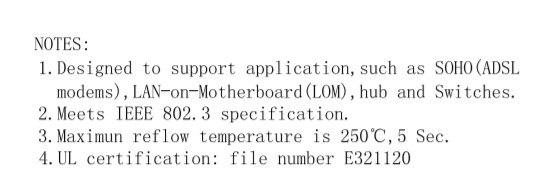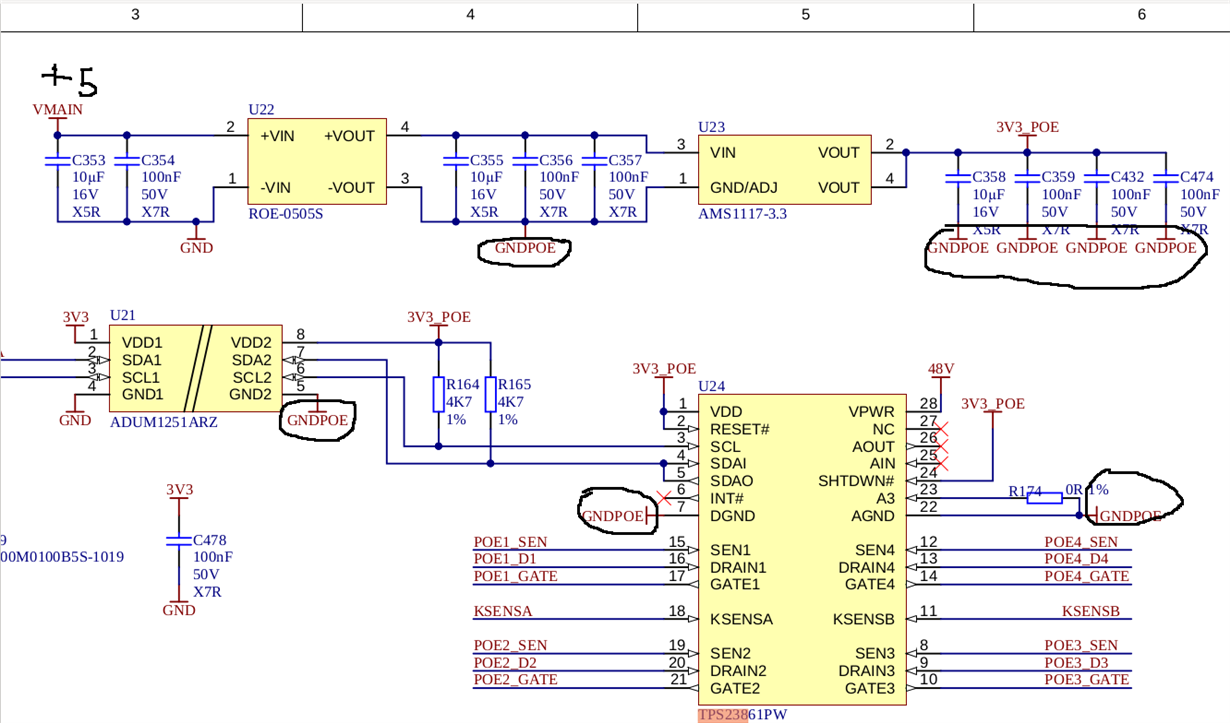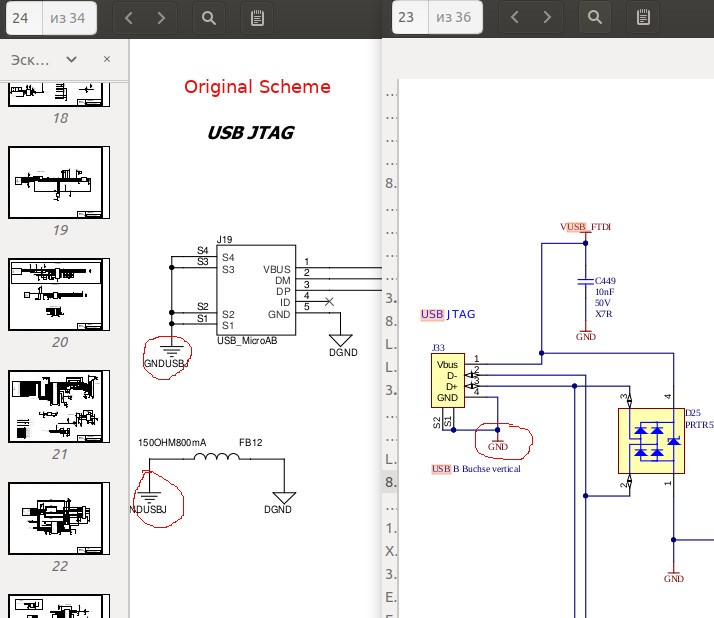Hello experts,
I have a problems on my board. I use TLK105L + TPS23861 but the problem is: When I turn on 48 VDC on my board and connect some device (for example DES-1016A) the TLK105L starts to heat up and after couple of seconds short (pin12) to the ground =(. I thought the problem with TLK105L and I started this topic:https://e2e.ti.com/support/interface/f/138/p/942332/3482681#3482681 but now I think the problem is much more deeper. When I didn't use PoE and my 48 VDC is power off everything is good. Maybe the problem with supply I am not sure about it. I will give you scheme for for analysis maybe you can help me....
AM574X_INDUSTRIAL_EVM_SCH_PoE_cropped.pdf
AM574X_INDUSTRIAL_EVM_SCH_1_0A_cropped.pdf
Best Regards,
Oleg




